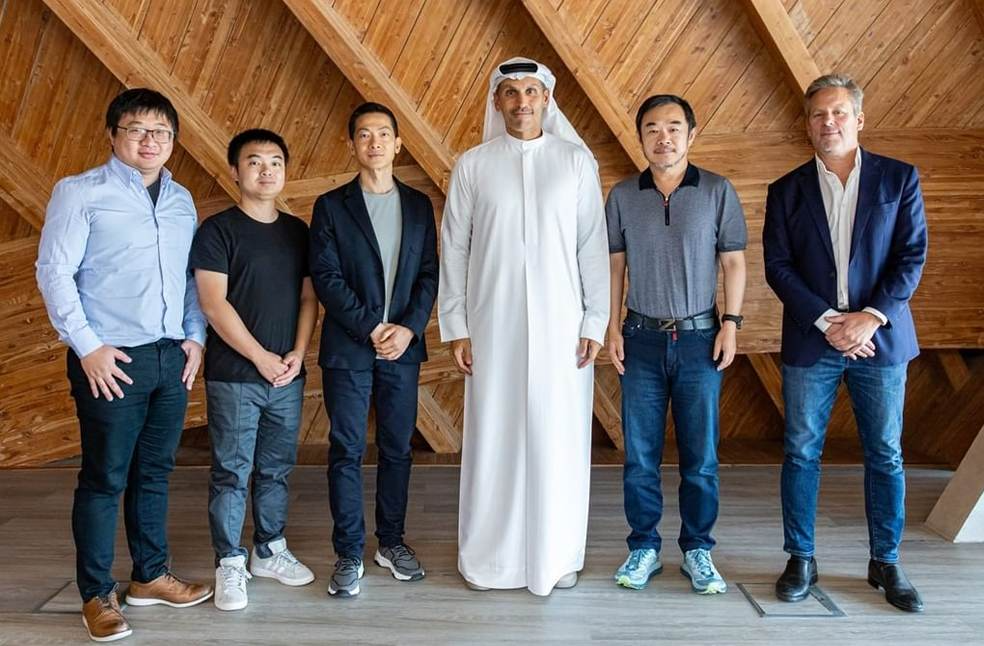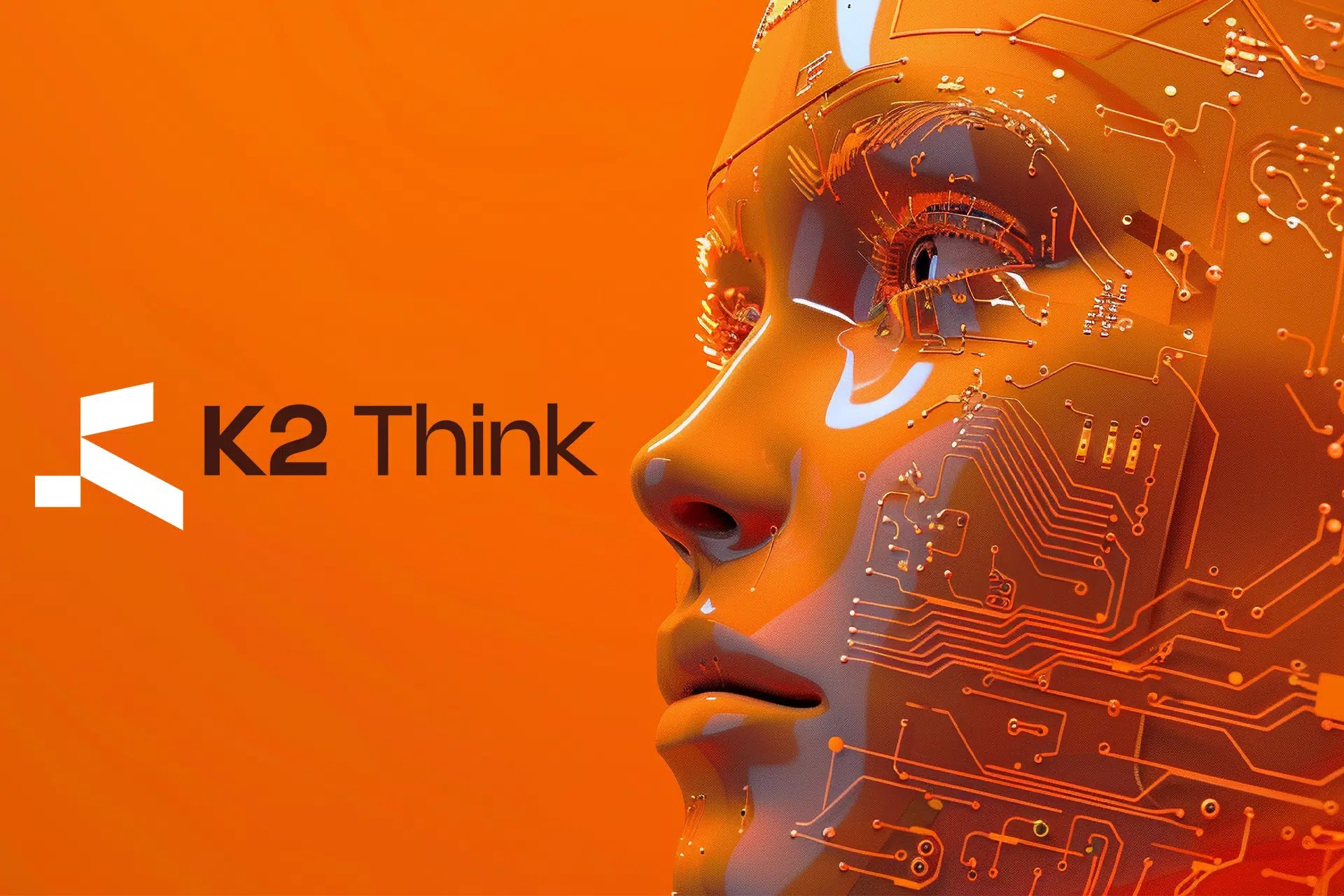The UAE Steps into the Global AI Race with K2 Think Challenging Giants
By Hafsa Qadeer

When Mohamed bin Zayed University of Artificial Intelligence (MBZUAI) and partner G42 unveiled K2 Think in early September, the launch looked less like a dry academic release and more like a strategic debut. The system was presented not merely as another model but as an end-to-end, reproducible reasoning platform, one designed to be inspected, tested, and reused by researchers worldwide. That positioning matters: it announces intent. Abu Dhabi is signaling that it wants to be a participant in shaping how advanced AI systems are built, measured, and governed.

Engineering for reasoning, not for spectacle
K2 Think’s technical framing is intentionally different from the headline-grabbing race for parameter counts. Public materials and partners emphasize that the model is compact (reported at roughly 32 billion parameters) yet optimized for reasoning tasks through long chain-of-thought supervised fine-tuning and reinforcement learning with verifiable rewards. By attacking the “hallucination” problem at the training and reward level, MBZUAI and its collaborators are pursuing a quality-over-quantity strategy: fewer parameters, but architectures and training regimes aimed at more reliable, verifiable outputs. Early descriptions stress that this is purpose-built engineering for cognitive robustness rather than rhetorical fluency.
Speed as capability and infrastructure choice
A striking technical claim attached to K2 Think is throughput: the system is reported to achieve around 2,000 tokens per second in inference, a level of speed that changes how models are used in production, particularly for chained reasoning or agentic workflows that require many iterative steps. That throughput has been linked publicly to the choice of Cerebras inference hardware, a non-NVIDIA architecture the project used to demonstrate parameter-efficient performance at scale. The hardware–software pairing highlights a second lesson: performance is as much about the stack and deployment choices as it is about model design.
Openness as a strategy in a fractured ecosystem
MBZUAI’s decision to open-source substantial parts of K2 Think, training recipes, weights, and evaluation methods, places the project within a small but growing list of transparent reasoning efforts. DeepSeek’s R1 series earlier this year set a precedent for open, parameter-efficient reasoning models, arguing that transparency fosters reproducibility and rapid community innovation. By publishing K2 Think openly, the UAE project is wielding openness as geopolitical and scientific strategy: to attract global scrutiny, invite third-party benchmarking, and position Abu Dhabi as a reliable collaborator in a field where trust is scarce.
A redefinition of what it means to compete
For much of the public conversation, the AI race was a duel between a handful of tech superpowers whose advantage was measured in teraflops and billions of parameters. K2 Think complicates that frame. It joins other entrants that argue efficiency, clever architectures, and improved training methods can rival brute force. That matters for countries and institutions with ambitions but not the deep compute budgets of hyperscalers: it suggests an alternative path to relevance. Instead of matching the giants pound for pound, nations can invest in targeted research, specialised datasets, and partnerships, and still yield systems that matter to users and policymakers.

Sovereignty, soft power, and industrial policy
K2 Think sits at the intersection of technological aspiration and national strategy. For the UAE, sovereign capabilities in AI feed economic diversification plans, talent development, and diplomatic posture. A domestically developed (or domestic-led) model that is also open to the world affords two levers: it supports local industry and expertise while projecting a narrative of responsibility and generosity to the global research community. In a world increasingly attentive to who controls algorithms, the choice to build and then share is itself a statement about how a state wants to be seen, as both producer and curator of the tools that shape public life.
Benchmarks, adoption, and the patience of proof
The most immediate questions for K2 Think are empirical: do independent benchmarks corroborate performance claims; will developers and businesses adopt the system; and can the model’s efficiency translate into practical advantage across domains like math reasoning, code, or multi-step planning? Comparable releases in 2025 showed that early claims often require months of community validation. Transparency accelerates that process, because it invites replication; but it also exposes the model to rigorous critique. The path from promising lab demo to production ecosystem is long, and adoption will depend on documentation, tooling, safety evaluations, and real-world case studies more than on a single metric.
A shifting map of influence in AI research
Perhaps the most consequential effect of projects like K2 Think is cultural: they normalize the idea that global AI leadership need not be monopolised by a few corporations in two countries. When universities, regional tech firms, and sovereign funds collaborate to produce tools that the world can examine and reuse, the center of gravity of innovation becomes plural rather than polarized. That pluralization changes how rules get written, from standards for model auditing to norms for safety and licensing, because more diverse stakeholders will press for standards that reflect different priorities. For researchers and policymakers, the implication is clear: the future of AI governance will be contested not only by governments and big tech but also by a widening array of institutions claiming legitimate voice and authority.
The work ahead and the quiet of uncertainty
K2 Think’s launch adds texture to an already complicated field. It demonstrates technical ambition, a deployment strategy that prizes speed and efficiency, and a diplomatic posture that leverages openness. Yet the real work, broad validation, careful safety testing, and meaningful integration into products and public services, remains to be done. What we are watching, therefore, is not simply a new model released to the internet, but a staged experiment in how a nation converts technical artifacts into influence, capacity, and norms. The outcomes of that experiment will be shaped as much by global peer review and adoption as by the rhetorical power of a launch day.
